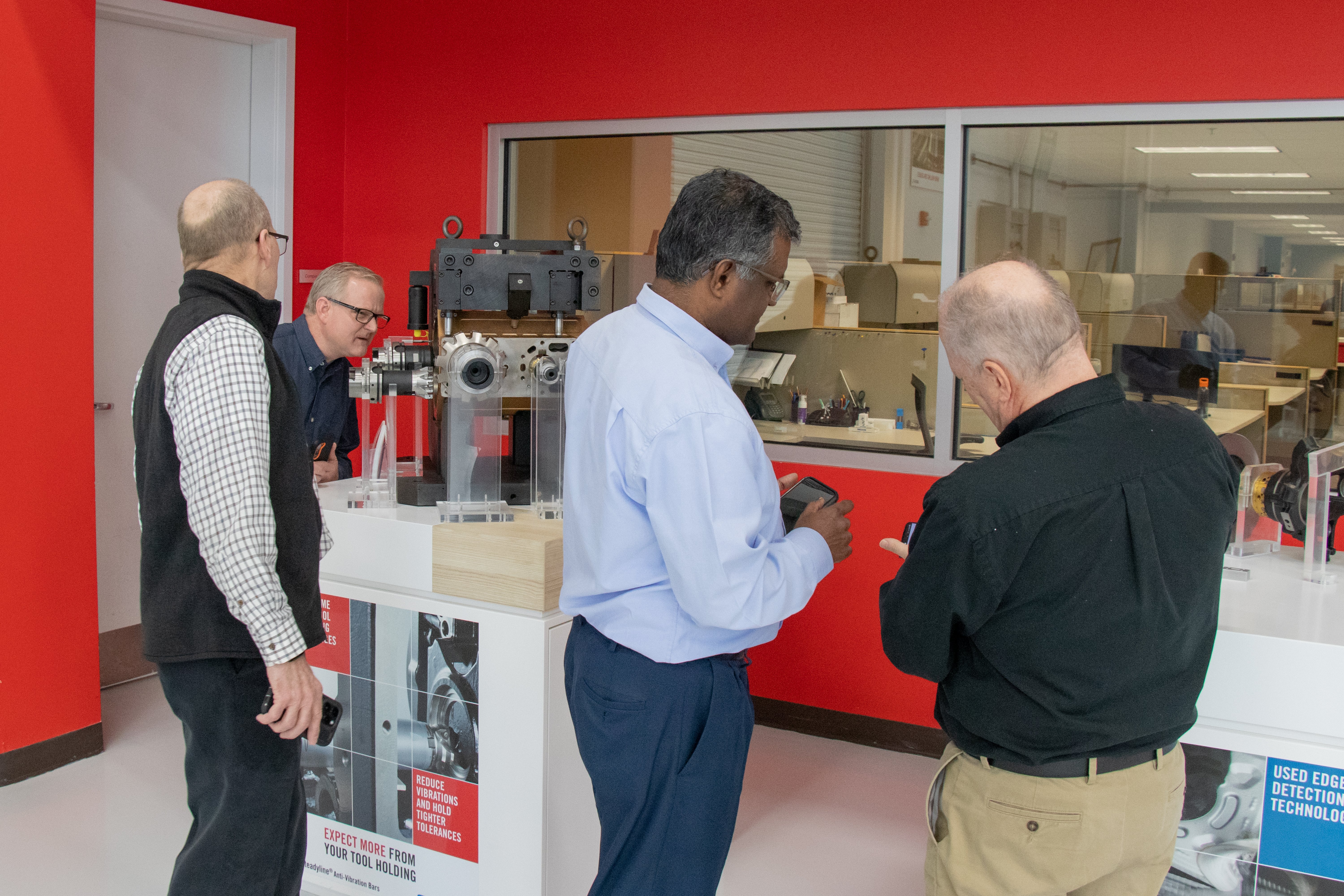
Discover how 3DCS can revolutionize your manufacturing process by reducing costs and improving quality through predictive analysis and optimization.
3DCS Variation Analyst offers powerful predictive analysis tools that help manufacturers forecast potential issues in the assembly process. By simulating tolerance and dimensional variations, the software can predict assembly problems before they occur. This allows for early adjustments in the design phase, significantly reducing the need for costly rework later in the production cycle.
The ability to foresee and mitigate issues early not only saves time but also reduces material waste and resource expenditure. In turn, this predictive capability translates directly into cost savings, making the manufacturing process more efficient and economical.
Tolerance optimization is another critical feature of 3DCS that contributes to waste minimization. By fine-tuning tolerances, manufacturers can ensure that parts fit together more precisely, reducing the likelihood of defects and rework.
This optimization process involves detailed simulations that identify the most cost-effective tolerances without compromising quality. As a result, manufacturers can achieve higher yield rates, lower scrap rates, and a more sustainable production process overall.
3DCS enhances design quality by identifying root causes of dimensional variations and enabling targeted corrective actions. By addressing these issues early in the design phase, the software helps to prevent defects and rework down the line.
Moreover, 3DCS validates designs against real-world conditions, ensuring robustness and reliability. This proactive approach to design quality not only reduces the need for post-production changes but also leads to higher-quality products that meet customer expectations.
Continuous process monitoring and real-time feedback are essential for ongoing improvements in manufacturing. 3DCS connects to your Quality Data Management System to provide real-time data that helps teams make informed decisions quickly, ensuring that any deviations from the desired process are promptly corrected.
This real-time feedback loop supports a culture of continuous improvement, where processes are consistently refined and optimized. The result is a more agile and responsive manufacturing operation capable of maintaining high quality and efficiency.
Integration with CAD platforms is a significant advantage of 3DCS, as it enhances communication and collaboration between design and manufacturing teams. This seamless integration ensures that all stakeholders are on the same page, reducing misunderstandings and errors.
By working within familiar CAD environments, teams can leverage their existing tools and workflows while benefiting from the advanced capabilities of 3DCS. This collaborative approach leads to more cohesive and efficient project execution, further reducing the likelihood of rework and production delays.
These Stories on CATIA
No Comments Yet
Let us know what you think